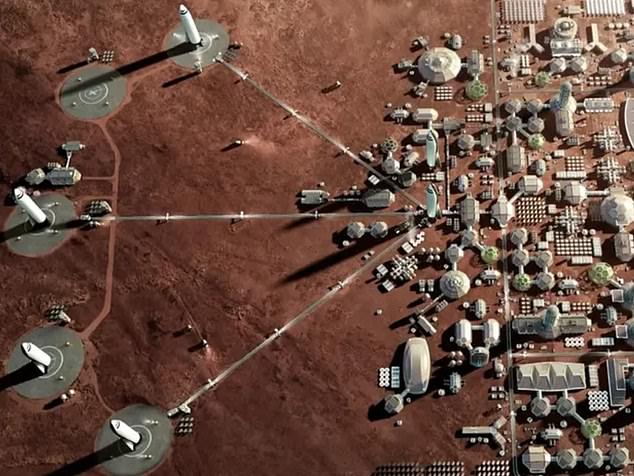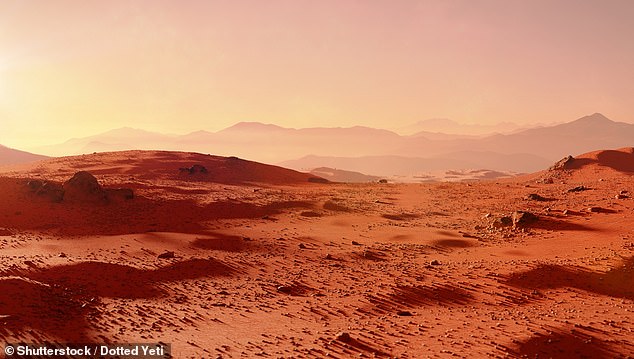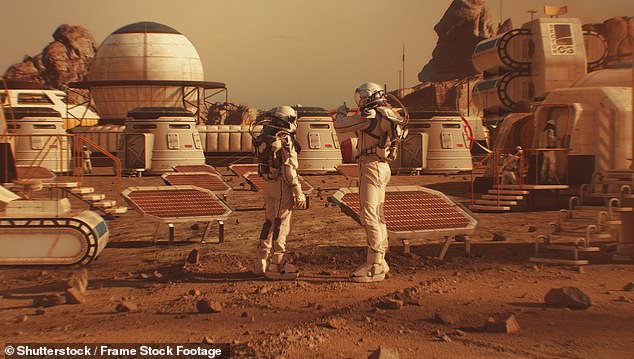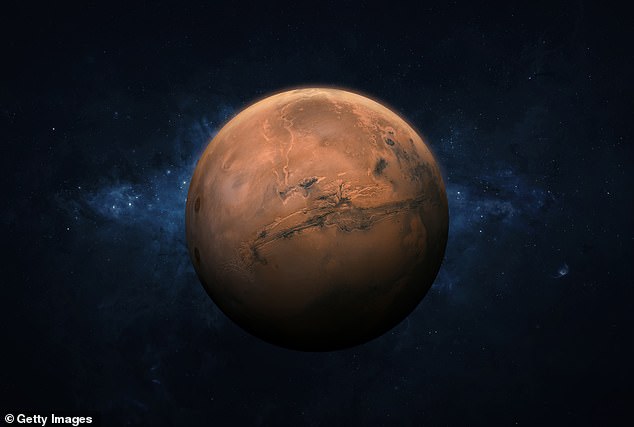Elon Musk has big ambitions to colonize Mars by 2050, and a new scientific discovery could make those dreams a reality.
A team of scientists has proposed a “groundbreaking” way to warm the Red Planet by more than 18 degrees Fahrenheit in just a few months, which they believe would be enough to sustain human life.
They proposed injecting large amounts of Martian dust into the atmosphere to improve its ability to trap heat, just as water vapor and carbon dioxide do on Earth.
Ejecting about 10 liters of dust, composed of iron and aluminum, per second for at least a decade could warm the planet from -85°F to 86°F.
A groundbreaking new discovery suggests that Elon Musk’s dream of terraforming Mars might not be as far-fetched as people think.

Elon Musk dreams of building a Martian city that can accommodate a million people by 2050.
Musk himself has said he plans to use Mars’ natural resources to “terraform” its existing atmosphere and make the planet warmer, wetter and generally more Earth-like.
This study suggests that he may be right.
“It’s not very often that you get a really new, innovative idea for terraforming,” said Colin McInnes, a space engineer at the University of Glasgow who was not involved in the work. Science magazine.
“The gap between where Mars is and where it could be in terms of habitability is narrower than we might think,” he added.
The researchers’ approach is actually based on the same atmospheric mechanism that drives climate change here on Earth: the greenhouse effect.
Currently, Mars’ atmosphere is so thin that heat from the Sun easily escapes from the planet’s surface.
The microscopic size and spherical shape of Martian dust means that it is not very good at absorbing radiation or reflecting heat back to the surface.
But the research team believes they could use the iron and aluminum in the powder to design rods nine micrometers long.
That’s about twice the size of a Martian dust particle, but smaller than a speck of glitter.

Today, the surface of Mars is a barren, frozen desert, but scientists have discovered a simple way to warm up the red planet.

Terraforming the atmosphere of Mars would bring us one step closer to establishing a human colony on the red planet.
When the researchers tested how their particles would absorb thermal radiation and reflect it back toward the planet’s surface, they found “unexpectedly huge effects,” Samaneh Ansari, a doctoral student at Northwestern University and lead author of the study, told Science magazine.
This approach would require about two million tons of particles per year, but manufacturing them would be relatively easy because the ingredients are right there on Mars.
This distinguishes this new approach from previous plans to globally warm the Red Planet.
By comparison, this method would be about 5,000 times more efficient, the researchers said.
This strategy would still take decades, but it seems logistically easier than any other idea proposed so far.
Warming Mars would be a crucial first step toward making the planet a suitable home for humans, or any other life form.
It would release the little water frozen in the polar caps beneath the planet’s surface and make Mars a more suitable place for agriculture and our own bodies.

Mars’ atmosphere is too thin to retain heat on the surface. Scientists want to inject artificial dust into the atmosphere to make it more insulating.
This is all great news for Musk, but warming up Mars is just one step on the long road he’ll have to take before he can colonize the Red Planet.
Even with this new atmosphere, humans still wouldn’t be able to breathe the air on Mars because it doesn’t contain enough oxygen.
In addition, the air pressure on Mars is 150 times lower than on Earth, which would cause human blood to boil.
Musk will have to solve these problems and more before he can build a bustling Martian metropolis. But this new research brings him one step closer to realizing his dream.

